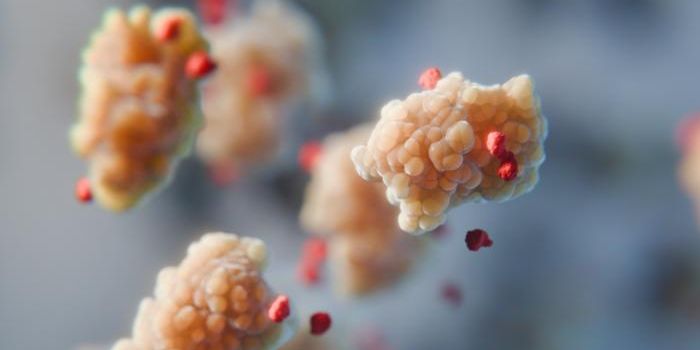Biochemical Antifreezes: How Do They Work?
How do fish survive in the Arctic ocean where the temperature is under zero degree Celsius most of the year? They rely on a class of polypeptides called the antifreeze proteins (AFPs). These small proteins are also found in some other animals, as well as plants, fungi, and bacteria that live in subzero environments.
The commonly used antifreeze fluid such as ethylene glycol can keep mechanical parts from freezing by lowering the freezing point in the mixed liquid. However, AFPs don't work this way. Their unique biochemical structure prevent small ice crystals from amalgamating with each other, forming larger crystal. Without these AFPs, the rapid growth of ice in the fish's body will lead to the death of internal tissues and organs.
Source: ACS Reactions via Youtube








